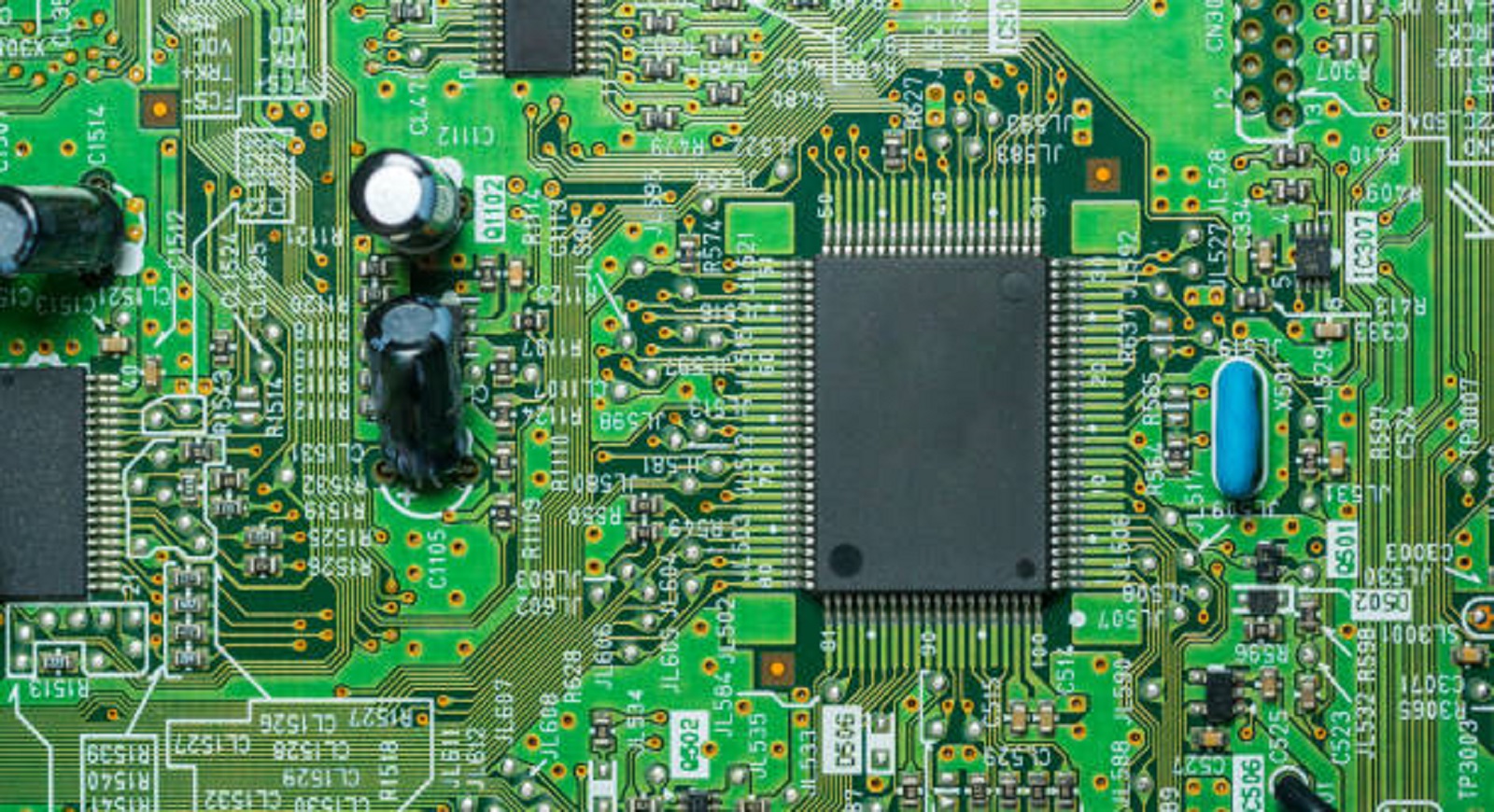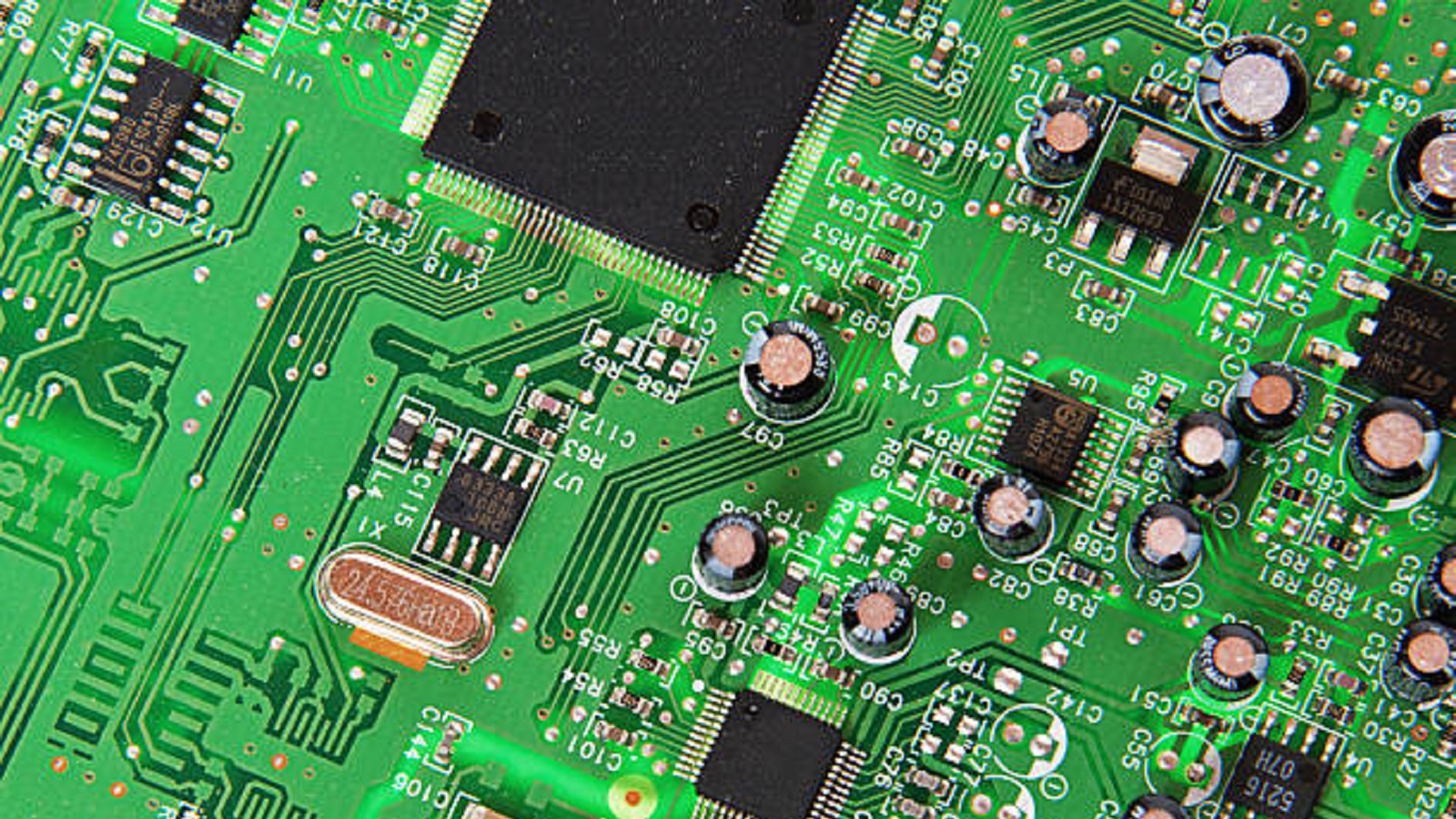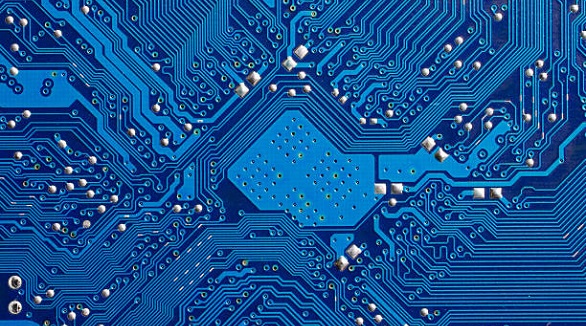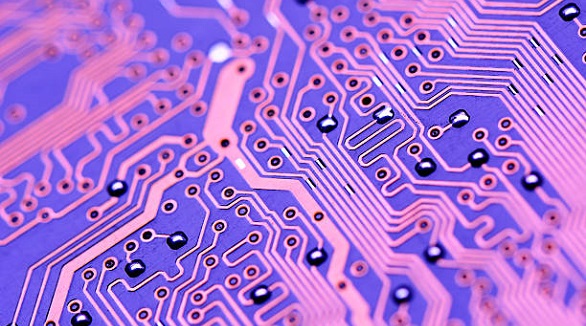Green PCB
Green PCBs are favored for cost-efficiency, visual clarity, and durable performance, driven by historical and technical factors, with continuous innovations in materials.
In the vast array of electronics, Printed Circuit Boards play a pivotal role-they are the important routes for conveying electrical signals over devices. Among the plethora of colors that PCBs have, green remains the most common and widely known. This article will explain why the color green is dominant for PCBs, the advantages that come with it, and trends currently affecting the manufacturing process of PCBs.
A Green PCB gets its characteristic color from the green solder mask applied over the copper circuitry and glass fiber substrate of the board. This solder mask is not only for aesthetics; it serves critical functional purposes. It protects the conductive traces from oxidation and contamination, preventing short circuits and soldering mistakes during assembly.

The Origins of the Green PCB
The prominence of the green PCB can be attributed to a number of historical and technical factors that include:
Manufacturing Efficiency: Traditional solder mask formulations made use of green for good reasons-the color represents a balance between general availability, cost-effectiveness, and proven durability. Producing around the color would mean having to change colors, retooling machinery, and recalibrations, all adding to higher expenses and time inefficiency in production.
Optimal Visual Comfort: Green has a soothing visual effect that reduces eye fatigue for the technicians and engineers who do the manual inspection of PCB faults and errors. This color, together with the contrast it provides against white silk-screened text, provides for effective identification of components and inspection of solder joints, which is very crucial in manufacturing and repair.
Cost-Effectiveness and Standardization: With the high demand and great usage of green PCBs, suppliers can produce and distribute them more cost-effectively. Transitioning to another color includes additional cleaning, changes in materials, and even possible changes in equipment machinery, increasing production costs. Dominance by Green sets an industry standard that in itself has been driving cost down.
Improved Performance and Enhancement: Traditionally, research and development activities were directed to enhance the performance characteristics of the green solder mask formulation. This focus has consistently raised the bar on the reliability and performance of green PCBs, often leaving alternative colors less competitively developed.
Key Benefits of Green PCBs
Green PCBs boast a number of advantages that make them so widely used:
Visual Clarity: Green solder mask with white silkscreen texts gives the best contrast, which simplifies assembly and inspection. This will minimize potential manufacturing errors and maintenance because technicians can more easily trace the source of faults.
Optimized Manufacturing Processes: Due to extensive historical usage, the production line for green PCBs has been optimized over decades, reducing defects and ensuring high reliability. This translates to consistent quality and performance in finished electronic products.
Enhanced Thermal and Electrical Properties: Improved thermal and electrical properties are displayed, with the green solder masks optimized for better resistance to temperature and electrical insulation; hence, oxidation and consequently the possibility of a short circuit are minimized, while the operational stability at variable temperatures is enforced.
Sustainability Considerations: In the traditional composition, halogens are used in making green solder masks due to demands for performance. However, halogen-free formulations are increasingly considered. It is done to minimize environmental impacts and global sustainability goals of consumers and corporate demand on eco-friendly products.
Trends and Alternatives to Green PCBs
While the green PCB has remained the standard for the industry, there are several alternative colors due to the evolving design requirements and fabrication capabilities:
Alternative Colors: Other colors, like blue, black, and red, are in service nowadays to identify different circuits or elements of complex systems in order to meet the aesthetic requirements of a design or for special functional reasons. However, these colors normally carry a premium price, with only the properties of green particularly ordered and tailored.
Material Innovation: Innovations are focused on increasing the performance and eco-friendliness of the PCB material itself, beyond aesthetic considerations. The use of lead-free soldering materials and application of recyclable substrates is in line with current environmental responsibility trends without jeopardizing the performance of a PCB.
The Military and Regulatory Influence on Green PCBs
An interesting historical note is that U.S. military standards favored green to perform optimally under any extreme condition. The makers, therefore, standardized the color green as the default due to its proven reliability. Following military procurement practices, green PCBs became cost-effective for civilian applications, too, and thus spread broadly in the market, setting a wide standard.

Green PCBs have a blend of historical precedence with practical functionality, continuing to be the gold standard in the electronic industry. While there is variation around for niche requirements or visual appeal, the color would remain green simply because no other color can quite compete in cost efficiency, finessed the manufacturing process, and reliability under numerous operating conditions.
At PCBX, we believe in the continuous evaluation of improvements in the fabrication of PCBs, hence we are offering different colors and materials to our valued customers. But at the same time, we cannot forget our concentration on quality and reliability. Whether in traditional green or with your own custom color, one thing remains the same: providing premier electronic solutions to help drive innovation and sustainability within the technology industry. We strive to lead through expertise and commitment to deliver robust, reliable circuit board solutions that meet modern trends and industrial demands.
Hot Tags:
Contact us

If you can't find what you're looking for, please contact us.
Article

White PCBs offer modern aesthetics and enhanced LED efficiency but pose cleaning and inspection challenges, ideal for visually appealing electronics.

Blue PCBs enhance electronics with aesthetic appeal, improved inspection, temperature resistance, and brand identity, offering unique advantages over traditional options.

Purple PCBs offer aesthetic and technical benefits, enhancing contrast and performance. Ideal for various industries, they require careful manufacturing for best results.
